#datura mustang
Text
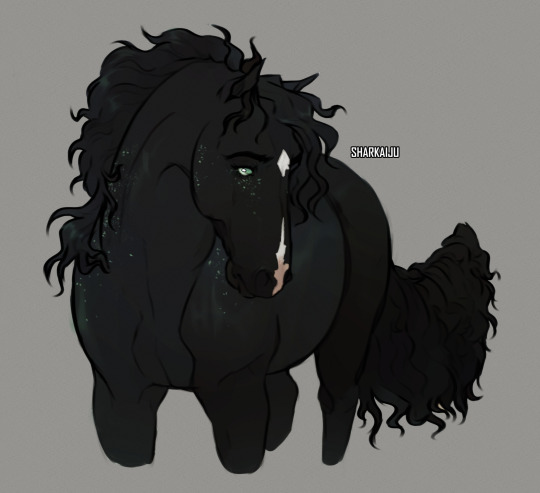
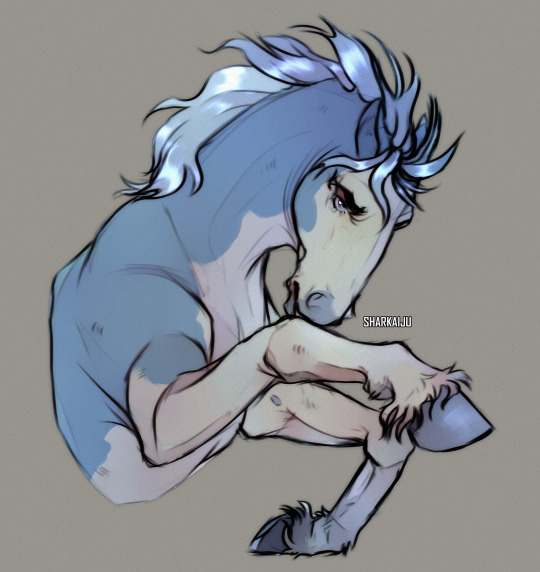
#digitalart#digitalpainting#discord#horse#horsegirl#oc#rp#harpg#ocrp#rpoc#horserp#horseoc#art#discordrp#horsegirlrp#datura#datura mustang#loshenka#loshenka horse#myart#my art#equine art#equine artist#equineblr
105 notes
·
View notes
Text

https://www.deviantart.com/mfgentlegrowl/art/DM-Claim-0284-1011465239
Datura Mustang claim from last night! I'm absolutely in love with this piece, and I'm hoping that this beauty gets herself a great home <3
#art#oc#artists on tumblr#furry#fursona#horse#equine#horses of tumblr#Datura mustang#bright#my art#digital art
5 notes
·
View notes
Text
(In universe) Ammo types my OCs use and who the shells come from
Inigo Strife-Daturas
Hyperion: Ranger Special .300 Mustang
Sakura Hotaru
Symphia Persona: S&S Munitions .45 Scorpion
Ebony Reznor
1. Pride Fang: Savage Arms .50 Ursai, .50 Chimera, .50 Blazing Chimera
2. Carno: Savage Arms 12 Gauge Grimm Tamer shells
April Karmine
1. Jacknife: Century Arms .357 Taijitu
2. Bear Claw: Century Arms .45 Pit Viper
Alyss and Jace Reznor
Soul Leaf: S&S Munitions .45 Scorpion
Legacy: Normally Savage Arms .50 Goliath (.50 BMG). At rare occasions, he switches the receiver and barrel out for ones chambered in Atlesian Military grade 20mm Calamity rounds.
Raine Daturas
Shagohod: Ranger Special .500 Lancer
Holly Karmine
1. Wolf Fang: Century Arms .357 Rattlesnake
2. Bear Tooth: Ranger Special .454 Showstopper Classic
3. Crimson: Savage Arms 12 Gauge Grimm Tamer shells
4. Holiday: Savage Arms .50-140 Brimstone
Auron Karmine
1. Last Call: Savage Arms .50-140 Brimstone
2. Smoke & Preacher: Savage Arms .44 Hellfire
///Fun fact, I went into writing my first fanfic using weapon company names like Savage Arms and Century Arms without knowing they were real weapon companies. I have to stick to that///
3 notes
·
View notes
Photo

Fresh Listen - Buckethead, Electric Tears (Metastation, 2002)
(Some pieces of recorded music operate more like organisms than records. They live, they breathe, they reproduce. Fresh Listen is a periodic review of recently and not so recently released albums that crawl among us like radioactive spiders, gifting us with superpowers from their stingers.)
I often wonder what I might have accomplished in music had I any kind of true talent. And not just talent--but also a passion to work toward pure musical expression, so that every note I might press or blow had intention, was consciously connected to an idea that could only be represented musically, in the context of melody and harmony and rhythm. Would I rip an aggressive and demonic trombone solo as part of a nine-piece New Orleans collective? Would I deliriously hammer angular chords alongside an avant-garde symphony? Would I, if I could, milk singing wails from an electric guitar, an capture within that singing and wailing all of the worldʻs disaffection, riding lead in a rock band, counterbalancing moronic lyrics with a frantic supplication to the heavenly throb? If only I had the talent, and the work ethic. With this power to transmit the universal message, to tap into the frequency between heart and brain, I might lead the lost soul of a listener one step closer to Enlightenment. Given this ability, I probably wouldnʻt place an expressionless white mask over my face, along with a KFC bucket on top of my head.
Buckethead, the solo guitar magician whoʻs commercially branded himself thus, is the kind of prodigious virtuoso to whom music is less a mystery, a puzzle to be solved, than a natural state of being. He made his name not in lesser able rock bands of his time, but in the wonky pages of Guitar World, to which he submitted award winning compositions and tablature. The kind of guitarist who can hang with Guns Nʻ Roses (he was member from 2000 to 2005), but prefers making records alone, creating the space his fingers require for the musical chaos that seeps from his bucket-topped head to take shape. Unlike Steve Vai or Joe Satriani, Buckethead eschews traditional rock/prog rock backing (except for convoluted side projects like Praxis) for guitar instrumentals that are subtler, more facile, less bombastic.
Had I the gifts of Buckethead, Iʻm also certain that 2002ʻs Electric Tears wouldnʻt have been the artistic statement representative of my musical values. One can only wonder what the musical values of Buckethead are while listening to these New Age-y songs, surmising that there must be a deeper personal agenda here (as there was in 1998ʻs Colma), some overarching reason for the artist to defang these songs, most of which are played with two guitars (a rhythm/loop and solo) with a demanding gentleness. The music of Electric Tears emerges from speakers like errant thoughts you havenʻt had time to reinforce through conscious reflection. They articulate, and sometimes even humanize, the messy by-product of too much thinking about other things, less important things. Listening to Buckethead is both familiar and unsettling--even before the notes of these songs are imprinted on your brain, itʻs like they were there all along. They are soothing as they linger on the verges of awareness, but maddening if you pay too close attention.
Despite the obvious technical ability in “All in the Waiting,” a repetitive, electric finger-picking accompanied by a fluid acoustic solo, there is not much to the song that elevates it beyond what one might hear while watching a montage of horse keeping and pained, parted lovers on a one-hour Christian television network drama. Oddly, Buckethead starts “Sketches of Spain (For Miles)” with electric laughing as processed through his guitar noodling. Then the song unspools in three distinct segments, each backed by the artistʻs reverent finger-picking: the melody played high on the neck of an acoustic guitar; the melody played with a wah-drenched electric; the melody played by the acoustic and electric guitars in harmony. Here Buckethead reimagines Davisʻs version of "Concierto de Aranjuez (Adagio)." Where Miles is self-conscious and cautiously perfunctory when playing a melody on trumpet, and often internally deconstructs it while exploring its tonal potentialities in real time, Buckethead wrenches every shred of sentiment from the song through his deliberative solo. In effect, he constrains a tune that Miles Davis and Gil Evans liberated many years ago.
The drone of “Padmasana” effectively conjures the ceaseless void atop which Buckethead constructs his lead guitar. The song is meditative enough to drive one to drink, and after a few listens I was begging to be released from its circular labyrinth of eleven minutes. The heavily processed rumble of “Mustang,” captured presumably by hammer-ons and the occasional effects-laden squelch, add a more frenetic energy to the record, and the song, more or less a captured anxiety, is absorbing in its loose and improvisatory structure. Buckethead goes full Eighties guitar on “The Way to Heaven.” Given a more dramatic framework, the song could fit easy as the coda to a Cinderella record.
Just when Bucketheadʻs songs seem to be taking on more diverse shapes, he revisits “All in the Waiting” with “Baptism of Solitude,” a spiritual sequel that best accompanies a wandering mind, not one paying attention to the music, trying to divine an inner resonance. It may even be too repetitive to be considered meandering. But then he lays out “Kansas Storm,” a riff-oriented rocker devoid of percussion, with irritated electric guitar growls stalking over a stiff street groove, low-ended by the bass strings.
There is little to say about “Datura” except that the middle part echoes some prog rock number I canʻt even remember. Just three or so notes. It would be a great backing track for the pixellated animations of a screen saver. “Witches on the Heath” recalls the bluesy vibe of “The Way to Heaven,” though less sentimentally so--for some reason, I couldnʻt help but to assemble scenes of New Orleans as portrayed by John Woo in the Jean-Claude Van Damme vehicle Hard Target. Try listen and let me know if you see the same things in your mind.
“Angel Monster”: see “All in the Waiting” and “Baptism of Solitude.” Yes, its got that same thing going on--delicately picked acoustic guitar, depressive guitar moping through. Buckethead brushes against Angelo Badalamenti/David Lynch weirdness in the title track “Electric Tears” likewise suggesting the bottomless madness that informs the most pedestrian sentiment. All I can really propose as a comparable experience to “Spell of the Gypsies” is the Hallmark store on the second floor of Windward Mall. Granted, there are some blue notes lurking in the song, but nothing that would turn away a dedicated shopper.
Perhaps most telling about Electric Tears is not what is in the music, but what is on the albumʻs cover: the artist unmasked, un-bucketed. I wonder. Is this what he felt when he stepped out of costume? Did he imagine that these songs, most of them lighter than air, would simply float away, or would they lead him to something deeper? Electric Tears seems almost an exercise for Buckethead, a means for him to disengage from his ego and allow his fingers to unconsciously explore the complex underpinnings of his feelings, though he doesnʻt seem able to articulate the feelings themselves. For that, we have a piece of music hovering just beyond our grasp.
1 note
·
View note
Text
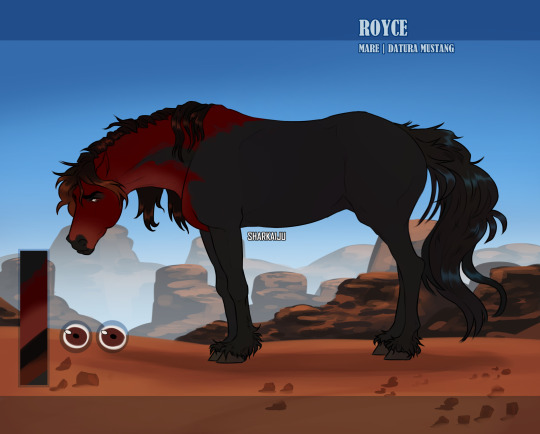
Everyone,,,
her
#digitalart#digitalpainting#discord#horse#horsegirl#oc#rp#harpg#ocrp#rpoc#horserp#horseoc#art#discordrp#horsegirlrp#datura#datura mustang
12 notes
·
View notes
Text

they're homos your honor
#digitalart#digitalpainting#discord#horse#horsegirl#oc#rp#harpg#ocrp#rpoc#horserp#horseoc#art#discordrp#horsegirlrp#datura#datura mustang#loshenka#loshenka horse#myart#my art#equine art#equine artist#equineblr
10 notes
·
View notes
Text

Collab between myself and @daineic-art <3
#digitalart#digitalpainting#discord#horse#horsegirl#oc#rp#harpg#ocrp#rpoc#horserp#horseoc#art#discordrp#horsegirlrp#datura#datura mustang#loshenka#loshenka horse#myart#my art#equine art#equine artist#equineblr
11 notes
·
View notes
Text
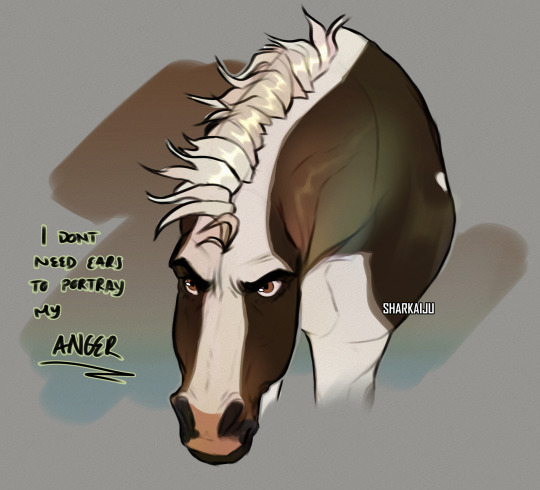
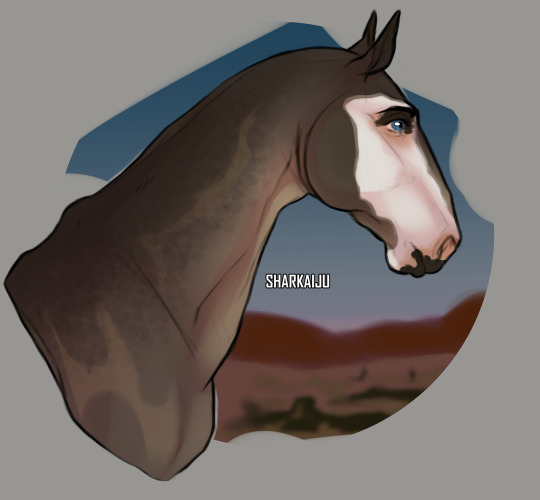

Datura mustangs
#digitalart#digitalpainting#discord#horse#horsegirl#oc#rp#harpg#ocrp#rpoc#horserp#horseoc#art#discordrp#horsegirlrp#datura#datura mustang#loshenka#loshenka horse#myart#my art#equine art#equine artist#equineblr
18 notes
·
View notes
Text
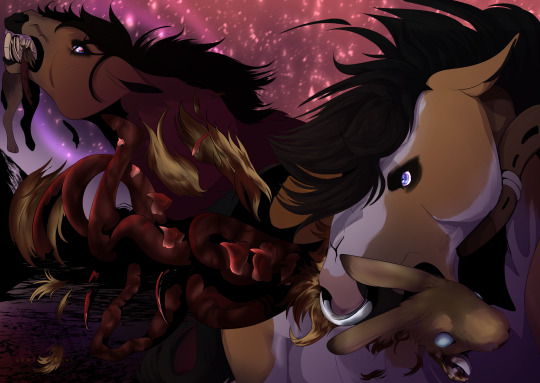
Personal artwork! I finally got to draw some gore for myself!! A small prompt for Datura Mustangs, a HARPG I'm very active in!
Meet Cicero here! and Meet Magnolia here!
1 note
·
View note